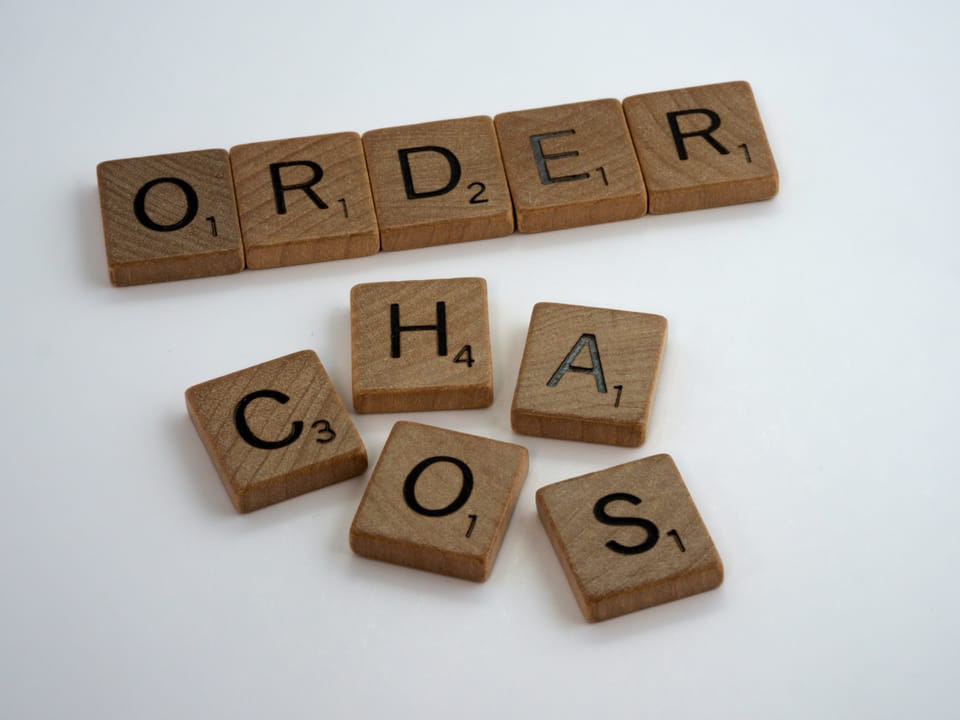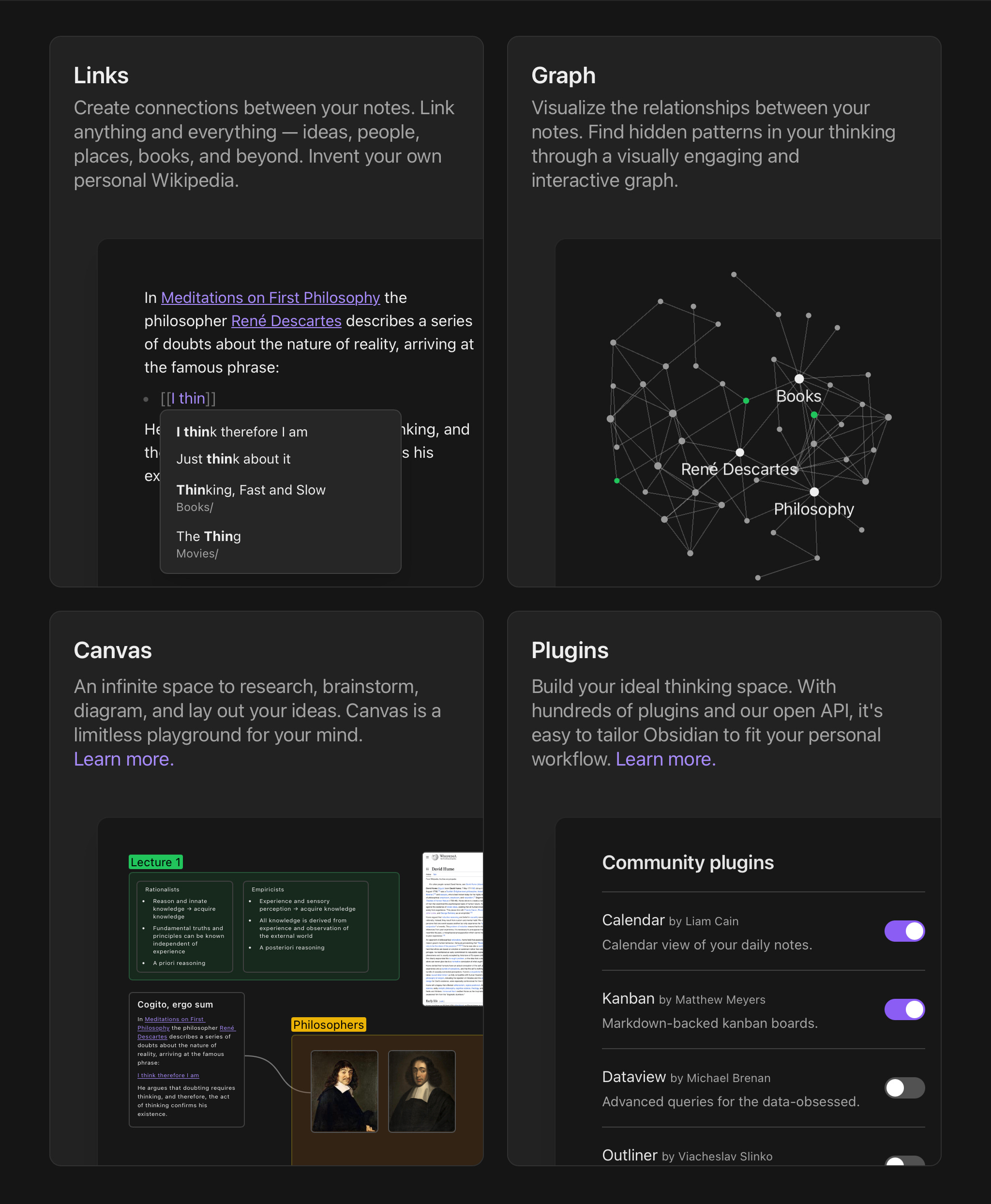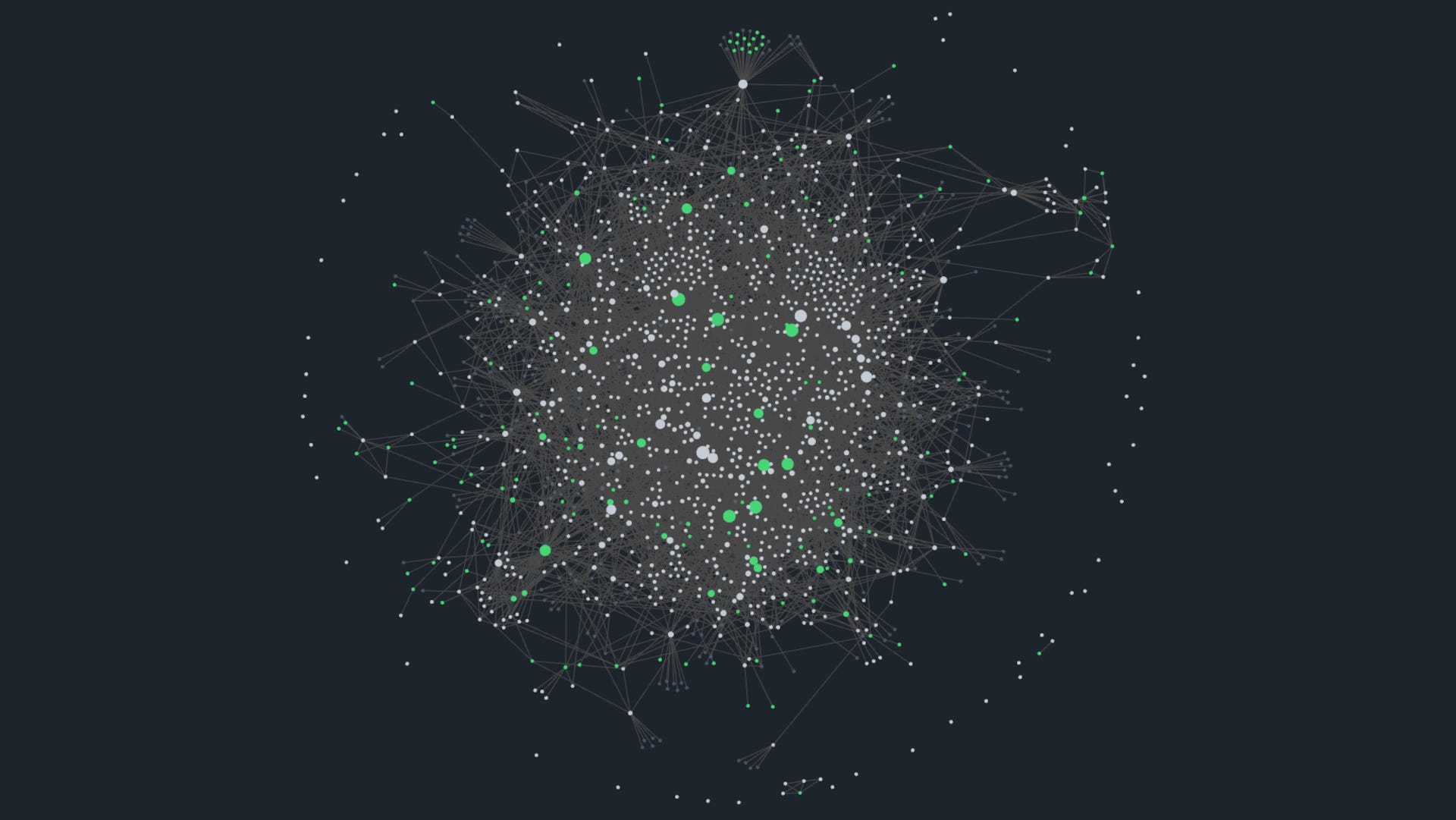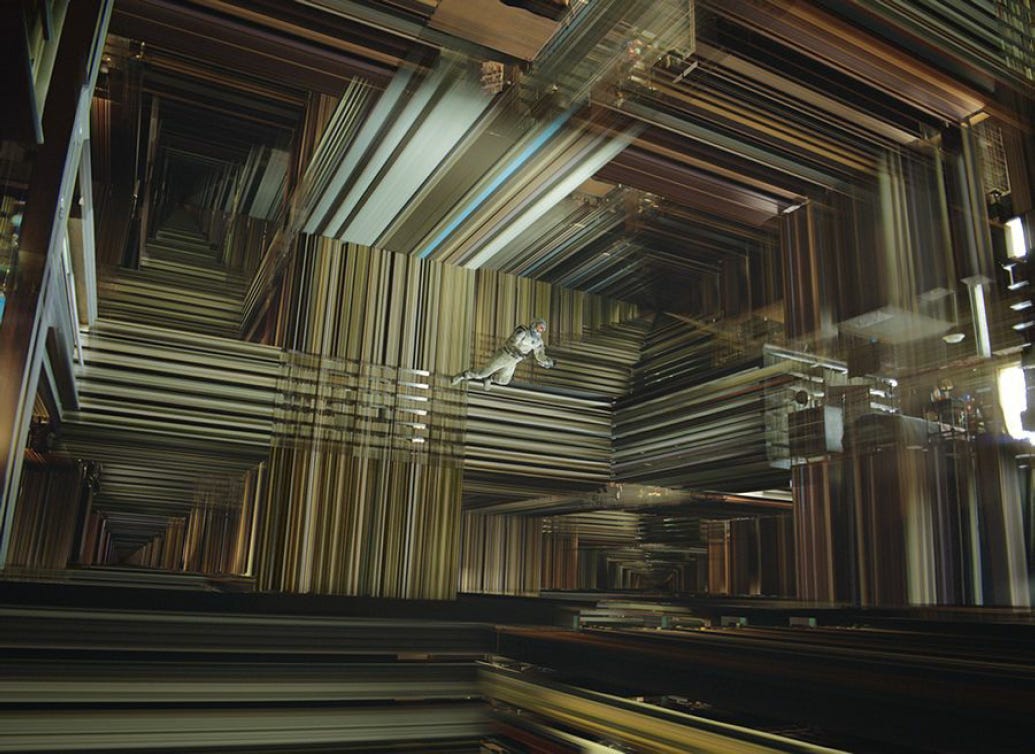Order vs Chaos: Obsidian Supports My Structured Thought and Creative Chaos

When I lost my job at the start of the pandemic, I became a full-time freelance medical and technical writer and editor. My work required extensive research and citations of scientific references. I needed a way to manage the avalanche of information.
In my quest to find a solution, I discovered the world of personal knowledge management (PKM) that dominated social media, YouTube, and the blogosphere.
Thanks for reading! Subscribe for free to receive new posts and support my work.
Roam Research started a landslide when it sent thousands down the rabbit hole to learn about Niklas Luhmann, Zettelkasten, and a new concept called networked note-taking. Evernote, the OG king of digital note-taking, lost its footing and fell into the technology abyss.
An explosion of new note-taking apps and knowledge management strategies captivated the internet. I jumped on the hype train without looking back.
I explored dozens of productivity tools, platforms, and methodologies. Productivity podcasts, YouTube videos, and audiobooks became my constant companions.
What did I learn?
A rivalry exists in the personal knowledge management community between traditional hierarchical folders and self-organizing emergent structures. Said another way, it's the battle between order and chaos.
The Appeal of Order
The traditional hierarchical folder structure we use with our computers addresses our need to impose structure and order. This method is familiar and comfortable because we’ve been conditioned over time to believe it’s the natural way our brains work. Tools like Evernote, Notion, iCloud, Dropbox, and Google Drive follow this approach.
Evernote and Notion are great at managing information using traditional files and nested folders. They work well if we know where things should go when we encounter them. We might even get a small dopamine surge when we tuck notes and ideas into their appropriate folders. It makes us feel organized and accomplished.
Unfortunately, the feeling is short-lived.
Finding information becomes difficult because we need to remember where things are stored. Tags help at first, but the system buckles under the volume of information and weight of excessive tagging.
The Allure of Chaos
The self-organizing emergent structure is a recent PKM phenomenon that uses a somewhat chaotic approach. It combines tags, backlinks, and sometimes AI to create connections between ideas and information. Tools that leverage this concept are Roam Research, MemX, Capacities, Logseq, and my favorite, Obsidian.
When this new class of networked note apps hit the market, they promised to save us from the tyranny of traditional folders - no more wasting time searching for information. We’d never lose information again or forget where we stored it.
Tags were nothing new, but backlinks were the sexy new feature set to change the world.
When I started using these tools, the lack of folders and structure liberated me from the drudge of managing my system. It ignited my creativity and matched my brain’s natural tendency to connect ideas and information.
However, there was a downside to not having folders and structure - the absence of physical places to store things like notes for meetings or projects. Tools like MemX and Roam Research rely only on tags, backlinks, and global search to find specific notes.
Most of these platforms display a linked notes section to promote serendipitous connections between ideas. It’s a great feature, but it can be a distraction. A quick peek at the list of linked notes often knocked me off task or sent me down a different rabbit hole.
Each time I tried a pure networked notes app, my knowledge management system broke. It sabotaged me like Steven Pressfield’s archenemy, The Resistance.
Each time, I returned to Obsidian.
The Duality of Obsidian
Obsidian is a flexible writing and note-taking app that adapts to the way you think. It prioritizes privacy and stores files on your local device. Each note is a separate file that uses plain text and markdown. A vast library of plugins and themes allows you to customize the platform to meet your needs and preferences.

Its true power for me is support for both hierarchical folders and emergent structure through tags and backlinks - order AND chaos.
I need messy areas where I can drop notes, drafts, incomplete thoughts, and references without worrying about which folder to put them in. When I create them, I add appropriate tags and connect them to related notes using backlinks. This process adds context and connects ideas in my knowledge graph.
When I review these fragments of information, I use them as building blocks to create structured reference notes. My reference notes, also called permanent notes, might go into specific folders if they’re daily notes, project notes, or writing drafts. Otherwise, they live in my PKMS folder that thrives on self-organization through tags and backlinks.
Obsidian has been the heart of my personal knowledge management system for more than two years. My system evolves as the platform matures and my needs change.
I’ve switched to several other tools for short periods, but I always come back to Obsidian, even when other tools have more cutting-edge features.
Why do I come back to Obsidian?
After months of chasing shiny objects, migrating data, and learning new tools, I was exhausted. I became less productive, and my creativity bottomed out.
It was time for a one-on-one with myself. I sat alone at my desk with pen and paper, then created a mind map of the features I needed in my knowledge management system.
I surrendered to the waves of flow and lost myself in thought.
When I pulled myself out of the deep end, I reviewed my diagram and discovered some interesting things.
Of all the tools I’ve tried, Obsidian is the best at supporting both chaotic and ordered thought.
It allows me to create folders and sub-folders for organizing reference information and other groupings. But it also promotes emergent structure through the use of backlinks and tags. Even better, it supports the use of inline backlinks and tags within the text of my notes and writing drafts.

Obsidian also has visual knowledge graphs that show connections between notes and ideas in the knowledge vault. Each node represents either a note or a tag. The nodes grow in size as the number of connections increases. This feature makes it easy to find the most connected topics and ideas in your knowledge management system. Some people consider the graphs useless, but as a visual thinker, it's a source of inspiration and creativity.
Exploring my graphs and discovering connections reminds me of the scene from Interstellar when Matthew McConaughey floats through the Tesseract, visiting his interconnected memories from a new perspective.

Final Thoughts
In the world of personal knowledge management, a tug-of-war exists between structured thought and creative chaos.
The appeal of order is undeniable. Traditional hierarchical folders and file structures are familiar and comfortable. However, they have limitations when our information volume grows. Tags help, but the system eventually buckles under the weight of excessive tagging.
On the other hand, chaos can be equally enticing. Self-organizing emergent structures, with tools like Roam Research and Obsidian, offer a more fluid way to connect ideas and information. They free us from the constraints of folders but can sometimes lead to distraction and frustration.
In my quest to create my knowledge management system, I discovered Obsidian, a flexible app that bridges the gap between order and chaos. It supports both hierarchical folders and emergent structures, offering a versatile and customizable approach.
Obsidian’s power lies in its adaptability to the way you think and work. It empowers you to create order when needed and encourages creative connections between ideas. In a world inundated with information, this balance is crucial.
As you navigate the sea of productivity, remember no tool or method is perfect for everyone. Finding the balance that suits your unique needs is the key to effective personal knowledge management.
Thanks for reading! Subscribe for free to receive new posts and support my work.




